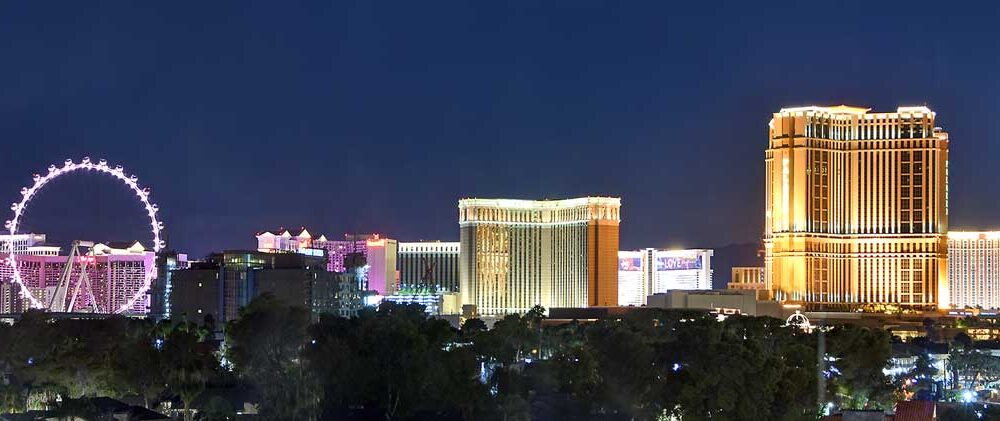[ad_1]
For years, many individuals together with Iranians, have dreamed of visiting Afghanistan and viewing its colourful sights, a gorgeous nation that has been unrested for a few years and engulfed in a warfare that’s getting fiercer every single day.
With roots courting again 1000’s of years and plenty of similarities in dialects and historical past, Iran and Afghanistan share sturdy cultural ties.
Despite the fact that these two international locations are separate now, they was once one united empire as soon as, which implies that numerous historic locations and monuments have been left in Afghanistan belonging to historic Iran.
There’s hope amongst Iranians that stroll underneath the blue sky of Herat, Kandahar, Kabul, and Balkh with their neighbors someday.
Within the absence of a chance of visiting these locations and sights, we are able to discover an inventory of Persian historic monuments and websites preserved in Afghanistan.
Herat
Afghanistan’s third-largest metropolis, Herat, located simply 80 miles from the Iranian border, was the capital of the Persian Empire.
Courting again to historic occasions, town was generally known as Haraiva through the Achaemenid Empire (ca. 550-330 BC).
Herat grew to become a provincial capital through the Safavid period (1501-1736). The Persian king Abbas was born in Herat, and in Safavid texts, Herat is called a’zam-i bilad-i Iran, that means “the best of Iranian cities”. Within the sixteenth century, quite a few future Safavid rulers, from Tahmasp to Abbas I, served as governors of Herat of their youth.
Bamyan
Bamyan was one of many principal states of Iran through the Achaemenid interval and was thought of one of many vital facilities of Buddhism through the Kushan Empire.
It was a spot the place East met West, and its archeology incorporates influences from Greek, Turkic, Persian, Chinese language and Indian cultures. The area is one among Afghanistan’s most touristic locations.
Together with the Buddhas of Bamiyan, two Sixth-century monumental statues of Gautama Buddha carved into the facet of a cliff within the Bamyan valley, which was destroyed by the Taliban, quite a few Persian temples courting again to the Sassanid period (224-651 CE) had been additionally among the many sights of Bamyan.
Aq Koprok Archaeological Websites
Aq Koprok is a set of 4 archaeological websites in Afghanistan courting again to the prehistoric interval, which spans from Paleolithic time to the Sassanid interval.
Ghazni
Positioned in southeastern Afghanistan, Ghazni, traditionally generally known as Ghaznin or Ghazna, was conquered by the Achaemenid king Cyrus II and integrated into the Persian Empire within the Sixth century BC.
The town was the capital of Ghaznavids, a Persian Muslim dynasty from 977 to 1163. Within the first many years of the eleventh century, Ghazni was an important heart of Persian literature.
For hundreds of years, vacationers and archeologists have been drawn to lovely locations just like the Ghazni Citadel, the Ghazni Minarets, and the Palace of Sultan Masoud III, all constructed through the time of Iranian rulers.
Taq Bost
The construction is a big brick arch that’s minimize with bricks on either side and is about 25 meters. The monument was constructed throughout Ghaznavid-era and was restored over time.
The arch was the doorway gate to the historic metropolis of Bost or Lashkar Gah, which was the winter capital on the time.
Lashkari Bazaar
Close to town of Lashkargah, there are the stays of some locations generally known as Lashkari Bazaar or Al-Asqar, that means the realm of the troops.
Positioned on the banks of the Helmand River, one of many palaces generally known as Southern Fort has remained a little bit intact.
Based mostly on each textual sources and finds made throughout excavations on the web site, students attribute the palace to Ghaznavid king Mahmud I and date it to the early years of his reign (r. 998-1030).
The palace is located at some extent on the Helmand roughly eight kilometers north of the Citadel of Bust the place the riverbank types a pure nook in order that two facades of the palace afford riverfront views.
The plan is roughly rectangular and is aligned almost completely with the cardinal instructions. Its principal axis runs from south to north. It was constructed largely of mud-brick, with baked brick used for essentially the most monumental and vital elements.
Despite the fact that the palace has been destroyed, looted, rebuilt, and restored a couple of occasions, there are nonetheless murals and work inside that appeal to guests.
Persian elite’ mausoleums and tombs
Afghanistan is the ultimate resting place of many Iranian poets, scientists, artists, and kings.
The mausoleum of Mahmud of Ghazni, who was the primary unbiased ruler of Ghaznavids (999-1030) is six kilometers from town of Ghazni.
Hakim Abul-Majd Sanai Ghaznavi, extra generally generally known as Sanai, was a Persian poet from Ghazni who lived his life within the Ghaznavid Empire on the time of its golden age, in medieval Khorasan, which is now situated in Afghanistan. He was buried in Ghazni.
Iranian poet and theologian Naser Khosrow Qubadiani (1004-c.1072/77), who is thought for Safar-nameh (“E book of Journey”), a diary describing his seven-year journey is buried on a hill in Badakhshan.
The tomb of Khwaja Abdullah Ansari (1006–1088), a religious Sufi, generally known as “The Pious One” throughout his lifetime, is in Herat.
The mausoleum of the Persian scholar, polymath, and historian, Abu Rayhan al-Biruni, who grew to become essentially the most unique polymath the Islamic world had ever identified, is situated within the metropolis of Ghazni.
From our associate Tehran Times
Associated
[ad_2]
Source link


Neue Kommentare